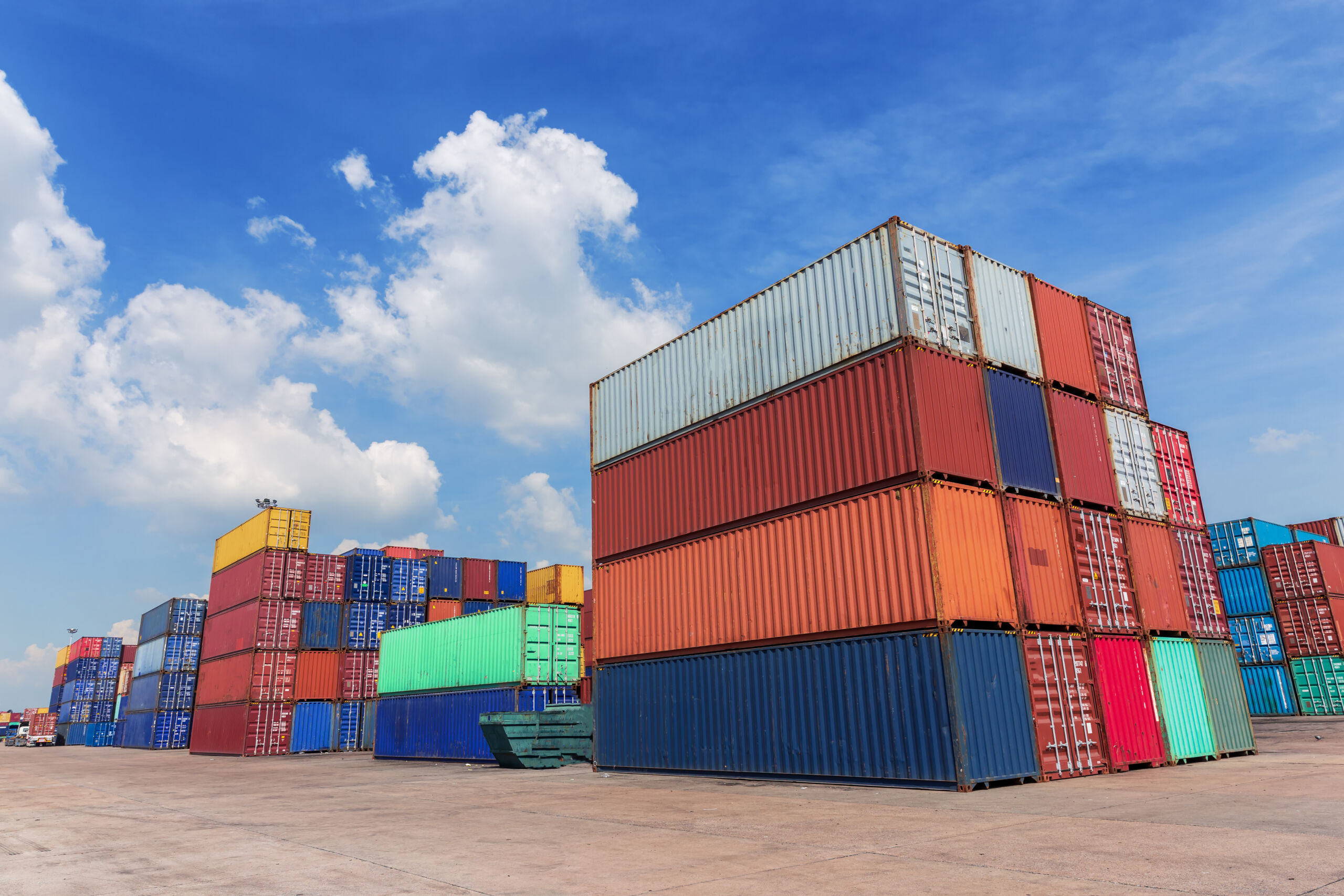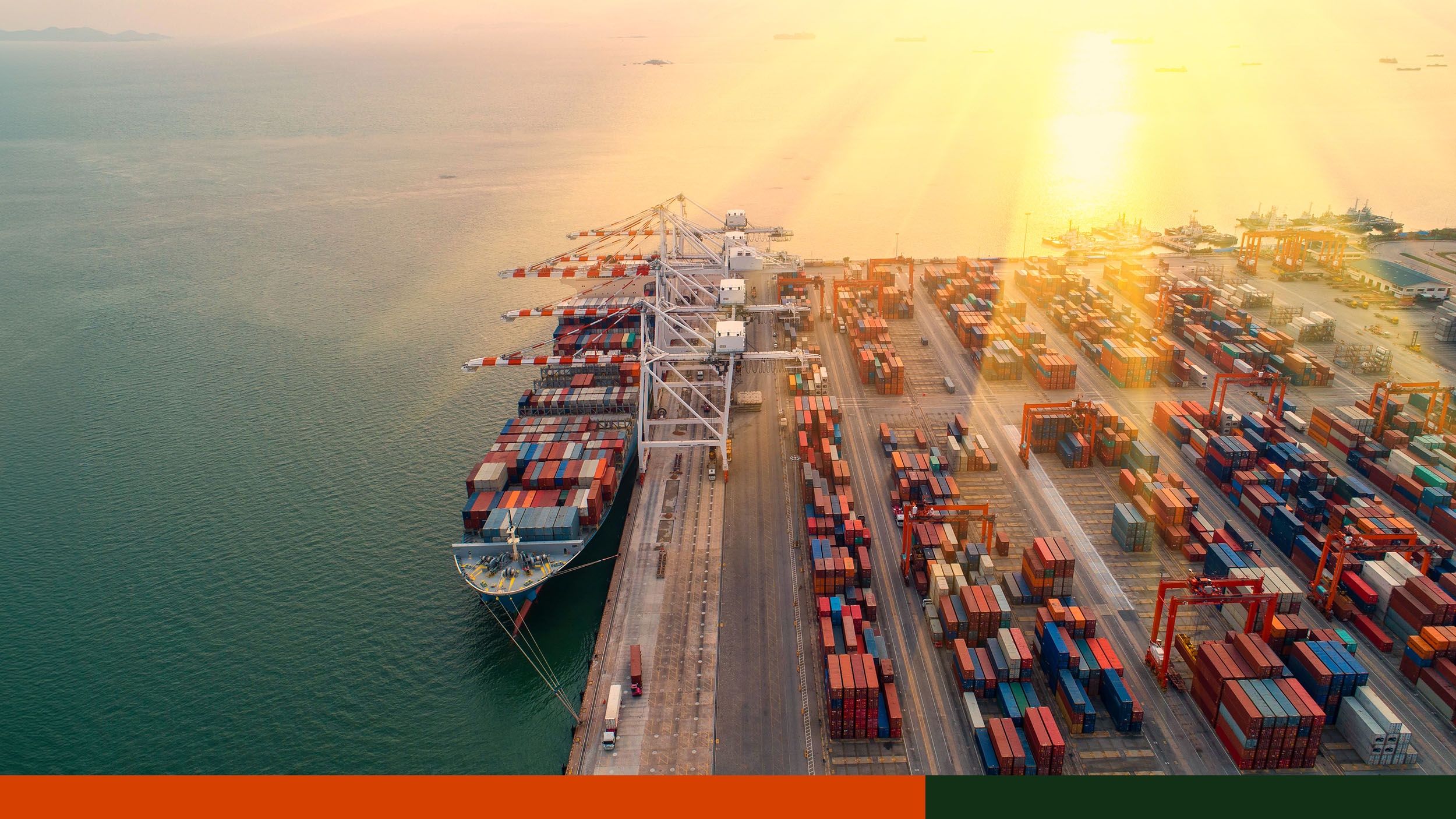In the ongoing race to reduce costs and optimize operational efficiency, and particularly with the Trump administration’s recent use of tariffs to drive political action, more U.S. companies than ever are taking advantages of the cost-saving and duty-optimizing benefits of foreign-trade zones.
Jump to ↓
| What is a foreign-trade zone? |
| FTZs: General purpose versus special purpose |
| What can be done in a foreign-trade zone? |
| FTZs: A strategic and operational win |
| Do foreign-trade zones benefit you? |
What is a foreign-trade zone?
Foreign-trade zones (FTZs) are specially designated sites near U.S. ports of entry that allow corporations of all sizes to move goods in and out of the country paying reduced or no customs duties, taxes, or fees. Designed to help U.S. companies remain globally competitive, companies operating in an FTZ are treated as if they are outside of U.S. Customs territory for duty purposes.
In addition to customs deferrals and exemptions, FTZs can help companies save money in many other ways as well. By using FTZs strategically, companies can optimize their supply chains, streamline logistics, gain control over their inventory, minimize regulatory hassles, and take advantage of tax breaks unavailable to companies operating outside of FTZs, among other things.
FTZs: General purpose versus special purpose
In general, foreign-trade zones are specially designated sites located within a 60-mile radius of a U.S. port of entry, and are governed by the US FTZ Board and the U.S. Customs and Border Protection (CBP). There are actually two types of FTZs: general purpose FTZs and special purpose FTZs.
General purpose FTZs
These FTZs are typically large warehouses or industrial parks, and are ideal for companies that need to store finished products, equipment, parts, or other goods. Space is leased according to a company’s individual storage needs, and can be used continuously or on an as-needed basis.
Special purpose FTZs
Also known as “subzones,” these FTZs are granted to individual companies whose needs cannot be accommodated by general purpose FTZs, such as manufacturing plants, oil refineries, and distribution facilities. Under a subzone FTZ, the company itself is responsible for all costs— buildings, site maintenance, security, etc.—so a subzone designation is usually only cost-effective for larger companies, though any company can apply to have its facilities designated as a subzone.
|
|
What can be done in a foreign-trade zone?
Companies are prohibited from engaging in any kind of retail trade within an FTZ. However, the list of allowable activities is extensive.
In addition to storing and distributing goods in an FTZ, companies can repackage and re-label them as well as mix, test, sample, process, grade, sort, salvage—or even destroy—them. Furthermore, goods can be kept in an FTZ indefinitely (unlike a customs bonded warehouse), and once FTZ status has been granted, no additional permissions are needed to engage in most of these activities. With special permission from the FTZ Board, you can manufacture, exhibit, assemble and manipulate merchandise inside an FTZ.
Cost savings and other benefits
One of the reasons FTZs are becoming more attractive to a broader range of companies is that today’s compliance and supply chain professionals are facing increased pressure from management to find savings, while also providing strategic guidance, and navigate new regulatory hurdles. FTZs offer a way to provide all of these benefits and more.
A few of the ways operating an FTZ can save costs are:
- No duties on imported goods that are later re-exported
- Delayed payment of duties on goods entering the US market
- No duties on waste, scrap, or defective parts
- Reduced merchandise processing fees (MPFs)
- More efficient supply chains

Webinar
How to prepare your business for participating in a Foreign Trade Zone (FTZ)
Watch webinar on demand ↗Inverted tariffs
FTZs also allow manufacturers to take advantage of what’s known as an “inverted tariff,” which gives companies the option of paying duty on a finished product or on the individual components—whichever is lower.
For example, an automobile manufacturer in the U.S. operating outside of an FTZ must pay duties on every individual component imported into the US, but an automaker operating inside an FTZ can elect to pay the duty on the finished vehicle (2.5%), substantially reducing the overall duties paid per vehicle.
Also, if an individual component has a duty rate of less than the 2.5% finished-vehicle duty, the manufacturer can pay the component rate for that part by electing privileged status. And if the finished vehicle is being exported outside of the U.S., the manufacturer doesn’t have to pay any duties at all.
MPF fee reductions
Reduced merchandising processing fees (MPFs) are another source of significant savings. That is because outside an FTZ, importers must pay an MPF on every shipment as it comes in, but inside an FTZ the MPF only has to be paid once a week under weekly entry processing.
For example, a footwear company importing shoes for distribution to its retail buyers, would normally pay $575.35 per entry. If it makes 2,500 entries a year, it saves $1,418,457 annually by filing weekly consolidated entries.
FTZs: A strategic and operational win
FTZs do demand more stringent inventory controls and reporting requirements, but the upside is more control and transparency in the supply chain overall, which can lead to additional cost savings, better compliance, and more operational resilience.
Keeping track of FTZ reporting obligations is best done with an automated software solution, offering a smooth-running operation that is perfectly poised to take advantage of an FTZ’s many other benefits.
Among the other benefits of an FTZ are:
- Lower insurance premiums
- Better security
- No time limit on storage
- More control over supply-chain
- Faster speed-to-market
- Increased competitiveness
- Fewer regulatory hassles
Do foreign-trade zones benefit you?
Though FTZs are often viewed as only being cost-effective for large companies, the truth is that almost any company involved in import/export activities can find opportunities for savings by operating an FTZ.









